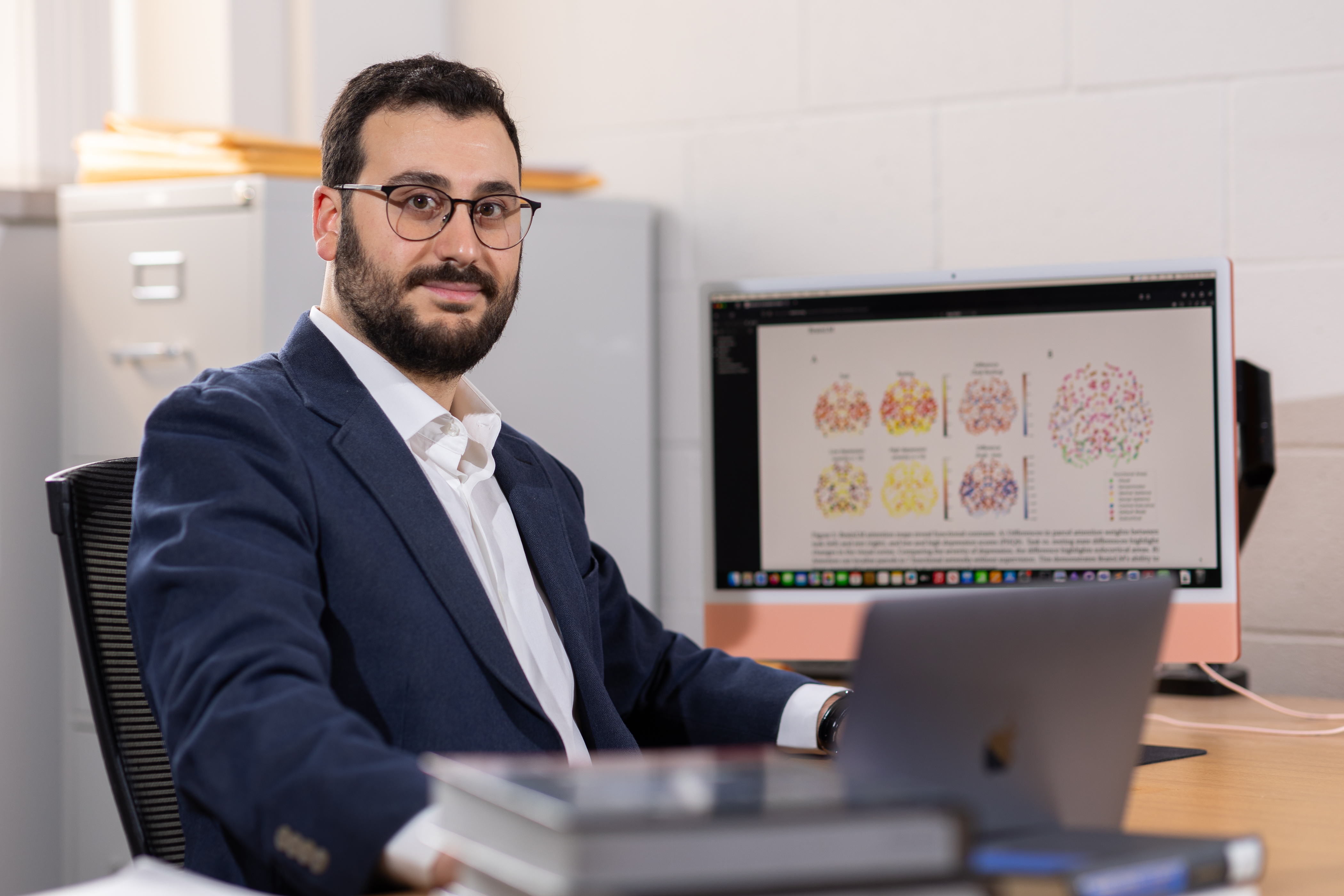“ChatGPT for the Brain:” Idaho State Prof. Helps Develop AI Foundation Model of the Human Brain
August 1, 2024

An artificial intelligence tool may soon give your doctor a crystal ball when it comes to what’s happening between your ears.
Emanuele Zappala, an assistant professor of mathematics at Idaho State University, and his collaborators from Yale University and Baylor University recently debuted their work on BrainLM, a foundation model for brain activity recording. In the world of AI, foundation models are the starting point data scientists use to create other models.
“Very roughly speaking, BrainLM is like a ChatGPT for the brain,” said Zappala. “The difference between it and other generative AI tools is instead of asking it to generate text, images, or video, BrainLM generates recordings of brain activity in various states.”
To create any foundation model, researchers need to train the AI on enormous amounts of data. For BrainLM, Zappala and co. used 6,700 hours–just over 279 days–worth of brain activity recordings of nearly 42,000 anonymized individuals in the UK Biobank, as well as their corresponding clinical information such as age, gender, and diagnoses. After its training, BrainLM can predict clinical variables like age, anxiety, and post-traumatic stress disorder and generate a corresponding brain activity recording.
“It is a model that contains information on how the brain functions, and people can then fine-tune it for their specific needs,” Zappala said.
Neuroscientists will be some of the first to benefit from BrainLM, according to Zappala. Researchers are already using AI to study specific ailments, he says, but to train their models, researchers need to enroll thousands of patients with the same condition to train the AI. The training process is usually costly in terms of both time and money, and BrainLM allows researchers to reduce the training significantly–and the associated costs–by giving scientists a base to start.
“A foundation model such as BrainLM has already been trained and functions regardless of the underlying disease, so it can be adapted to any type of situation researchers need,” Zappala explained. “It is like having a very versatile engine. You can build different cars using it, and starting with an engine is simpler than building everything from zero. All the neuroscience research that can be done using BrainLM will improve understanding of diseases such as Parkinson's and Alzheimer’s, just to mention two.”
Looking ahead, BrainLM looks to be the start of other AI systems centered around the brain. Zappala’s work will focus on using generative AI to study and diagnose disease.
“It is believed that Alzheimer's–and other forms of dementia as well–start developing decades before they become manifest,” Zappala said. “Imagine an AI model that can tell us how at risk an individual is to develop a disease like Alzheimer’s. One could take preventive measures years before the signs are apparent and possibly ward off or slow the disease.”For more information on the Department of Mathematics and Statistics, visit isu.edu/math.
Categories:

